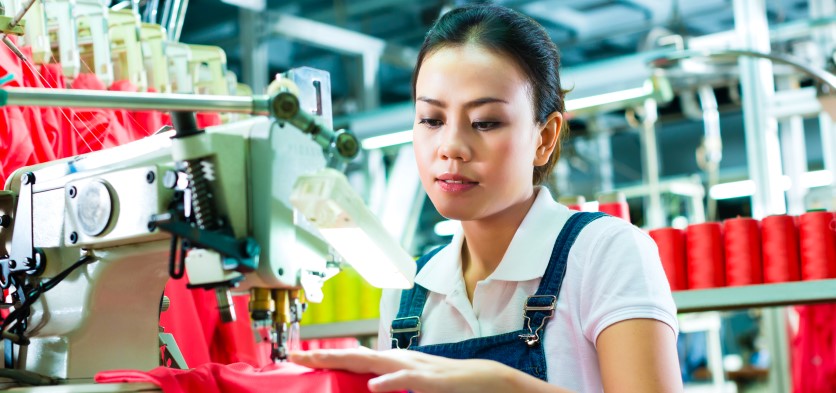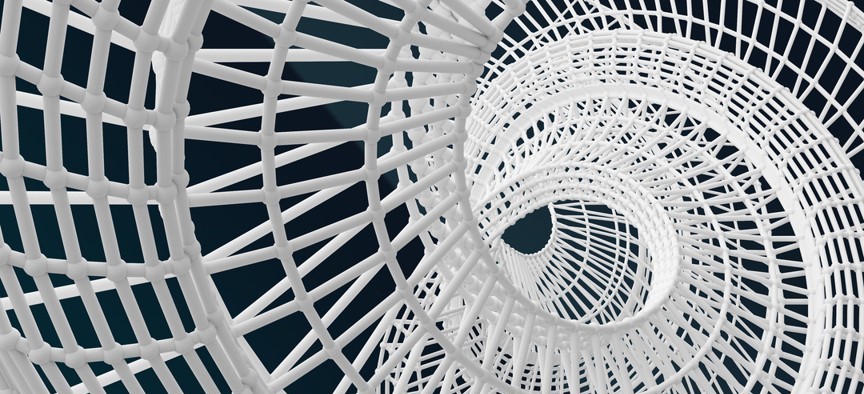Innovation areas - central to the transition
Sweden is a strong nation of knowledge and innovation - and in order to continue to be so, it is necessary that we keep up with the investments in new technology and areas of innovation. Vinnova stimulates development in areas of importance for the transition - where Sweden has potential to lead and drive development. Our role is to have the feelers out - just to understand and act on current and future needs.
In order to solve the challenges of today and the future, Vinnova's investments usually have a broader perspective than a single technology area. In order to stimulate the required development, new business models, behaviours, laws and production processes need to interact with the development of new technologies.
Here we present some of the exciting new technology and innovation areas that we stimulate through our efforts.
Additive manufacturing
Additive manufacturing, also called 3D printing, allows you to tailor both products and services to the individual and the individual's needs. You can get a kayak, a spare part or an organ as well. The product model can be created in one place and printed in another, reducing the amount of transportation and waste. In addition, they can be customized. From a business and technology perspective, this means enormous opportunities.
Sweden is far ahead in the field, especially in additive manufacturing in metal. Vinnova has supported the innovation area from the first tentative attempts in 2011 and continues to do so.
CAM2 is a Vinnova-funded competence center with a focus on research for the development of materials and processes for additive manufacturing (3D printing) of advanced metallic components. The center is a consortium consisting of 22 companies and five research actors.
Website for CAM2

Mmaterial flows for textile
The current system for textiles has a high impact on climate, water and biodiversity. This means that it is not only the environment, but also the industry itself, that loses from the system. Sweden is a leader both when it comes to recycling and in the textile area, and Vinnova contributes to the development of new sustainable textile materials as well as techniques for circular textile flows.
SIPtex is the world's first facility that can sort different textiles on a large scale. This means, for example, that large quantities of clothing can be divided based on the recycling process.
Renewcell is the first in the world to be able to commercially convert sorted old clothes into raw material for new clothes.
Renewcell website

Material flows for the construction industry
The building and construction sector accounts for a large part of Sweden's climate emissions, the majority of which comes from the manufacture of building materials such as cement and steel. Existing technology can almost halve the climate impact by 2030 - but to reach net zero or longer, technology shifts and commercialization of innovations are needed.
Sweden has come a long way in the possibilities of influencing the sector's climate footprint. The steel industry's objective is to achieve fossil-free steel production by 2045, where hydrogen gas is used instead of fossil fuels in production.
Since 2011, Vinnova has granted close to 300 project. One project is BetCrete 2.0, where research is done on how to reduce carbon dioxide emissions from the manufacture of concrete and cement.

Material flows for plastics
Plastic accounts for the majority of our greenhouse gas emissions from waste incineration and is also the most common material in the rubbish that ends up in nature.
There is objective that by 2025 all plastic consumer packaging must be recyclable and by 2030 all consumer packaging must be produced from renewable or recycled raw materials.
Sweden is at the forefront when it comes to replacing plastic with alternative materials, for example forest raw materials. Vinnova has financed over 300 project since 2011 which in one way or another aim to contribute to more plastic being recycled and more plastic being replaced with biomaterial. We work continuously with the area and to achieve sustainable plastic use.
So we work together for the right plastic in the right place
Twin Transition
Twin transition is a concept where digitalisation is used for a green transition, for example climate adaptation or resource efficiency. Vinnova drives the work on how this should happen in practice on a system-wide level. We gather actors from all parts of the system to achieve large-scale tests and demonstrations of solutions in a real environment.
An example is the digital trunk line. The project has mapped the needs and opportunities for digital information exchange in Swedish industry. This in turn means, for example, that it becomes easier for consumers, suppliers and producers to see the content, quality and origin of products and materials. Vinnova has financed the project, which consists of around 40 industrial companies, with SEK 80 million.
Another example is Re:EL, where they are testing the use of around 100 electrified truck transports in real logistics flows in the Mälardal region.
Last updated 5 May 2023

